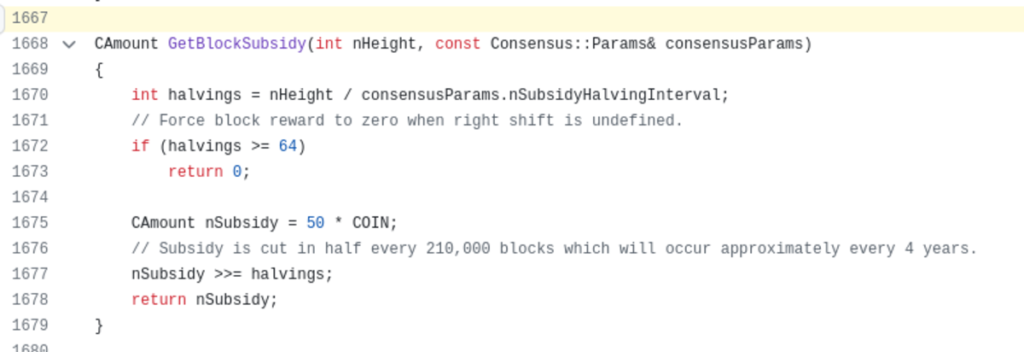Summary
TLDR: The halving is a key event in Bitcoin’s monetary policy every four years, impacting mining operations, market dynamics, and scarcity of the asset. Lesser known facts include that the total supply of Bitcoin is not actually capped at 21 million coins, but will only reach 20999999.97690 BTC due to a programming quirk. The halving supply curve follows a pattern where the percentage of the total supply entering circulation matches the coinbase reward value. In the first halving, miners attempted to continue mining on a chain with higher block subsidies. These facts may be forgotten over time, so cherish the historical moments in Bitcoin’s evolution.
Key Points
1. The total supply of Bitcoin is actually not present anywhere in the codebase. The code simply specifies a starting reward of 50 BTC per block and modifies that value each halving by cutting it in half.
2. The total supply of Bitcoin is actually not 21 million coins. Because of how the code in Bitcoin actually works, simply cutting the supply in half every halving, there will only ever be 20999999.97690 BTC in circulation by the time the coinbase subsidy drops to 0 satoshis.
3. The supply, due to a quirk in how the programming language (C++) that Bitcoin is written in, was not capped at all originally. In 2214 the entire supply would have started issuing again, resetting the block reward back to 50 BTC per block and going through the issuance of another 21 million coins again. The BIP is written up in a joking manner, but this was corrected by BIP 42 in 2014.


